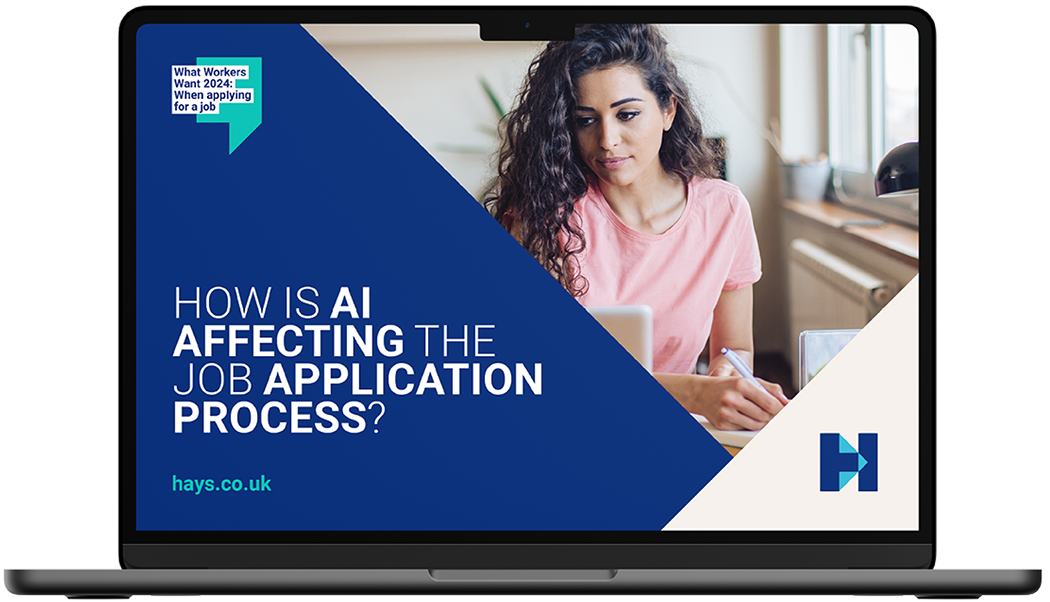Welcome to the Hays What Workers Want When Applying for Jobs 2024 Report. This year’s report takes a closer look at the application process and the consequences of getting it wrong.
Our external research from almost 11,900 professionals shows that more than three out of four employers have had an employee leave within their first year working for the organisation because they were a poor match. From an employee perspective, more than two fifths have left a job in their first 12 months because it didn’t meet the expectations they gained during the application process, highlighting the importance of setting realistic expectations when hiring.
To help you navigate this often tricky process, we’ve filled this year’s What Workers Want Report with insights into what makes a good application process and the pitfalls to avoid. You’ll also discover actionable recommendations to enable you to find and attract the talented individuals you need who will be engaged with your organisation from day one.
We delve deeper into what different age groups want to see when applying for jobs, from searching for roles through to the interview and onboarding stages, so you can tailor your application process accordingly.
With the use of artificial intelligence, or AI, on the rise across the world of work, we unravel how AI tools are set to impact recruitment and the considerations employers must take if they’re planning to use AI tools to evaluate applicants.
The hiring process is also a good opportunity for employers to gather vital diversity data which will assist in progressing their diversity, equity and inclusion initiatives. We find out what action organisations can take to encourage more applicants to part with their diversity data when applying for jobs.












